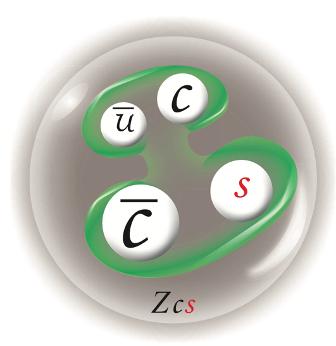Recently, “ACS News Service Weekly PressPac” has reported the latest development of Prof. Liu Mingzhu’s research team from the School of Chemistry and Chemical Engineering with the title of “Ingredient in diarrhea medicine leads to sustainable new farm fertilizer”. The text is as follows(click here to read more):
The search for a sustainable slow-release fertilizer — a key to sustaining global food production at a time of burgeoning population growth — has led scientists to an ingredient used in some diarrhea medicines. They describe use of the substance, attapulgite, as a “carrier” for plant nutrients in a report in ACS’ journal Industrial & Engineering Chemistry Research.
Boli Ni and colleagues explain that about half of the 150 million tons of fertilizer used worldwide every year goes to waste. That’s because most fertilizers release nutrients too fast for the crops to use. The rest can run off farm fields and create water pollution problems. Existing slow-release fertilizers have drawbacks. So Ni’s team turned to the environmentally friendly substance attapulgite, an inexpensive, nutrient-rich clay used for decades to treat diarrhea and for other applications. It once was an ingredient in the Kaopectate marketed in the United States. They also included guar gum, used in cosmetics and to thicken foods, and humic acid from decayed plant material.




